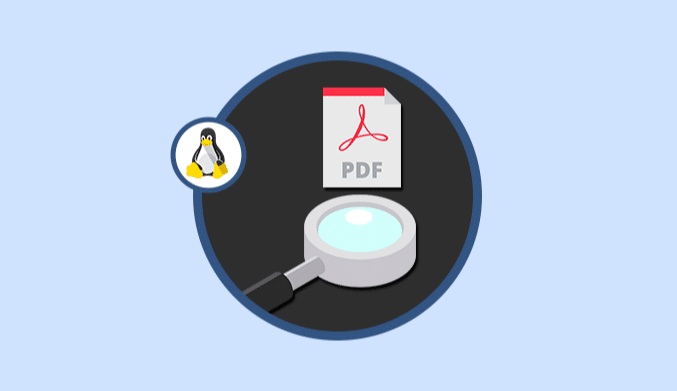How To Enable or Disable ROOT User in Ubuntu
We show you how you can enable or disable a root user and change the password in Ubuntu.
The root user is the most important in any UNIX-based distribution since this user has full control over the system and its components without requiring any authentication to execute the task.
By default, when we use Ubuntu, this user is disabled for security reasons because, to carry out actions such as installations, removal of packages, updates and others, we can use the sudo parameter to execute them.
Today we will see how to enable or not this user in Ubuntu 17 Server, but it applies to Ubuntu in general.
Enable ROOT User in Ubuntu
To access or enable the root user account in Ubuntu 17, we will execute the following command where it will be necessary to enter the password that we configure during the installation process for this user (sudo user):
sudo -i
We can use the “ls and id” commands to check their permissions:
Change ROOT Password in Ubuntu
It is possible that for security reasons we want to change the password of this user, for this we execute the following command:
sudo passwd root
Then, we will enter the new password to use:
Disable ROOT User in Ubuntu
If we decide to disable this root user in Ubuntu, just execute the following:
sudo passwd -l root
So simple we can manage the root user in Ubuntu.









